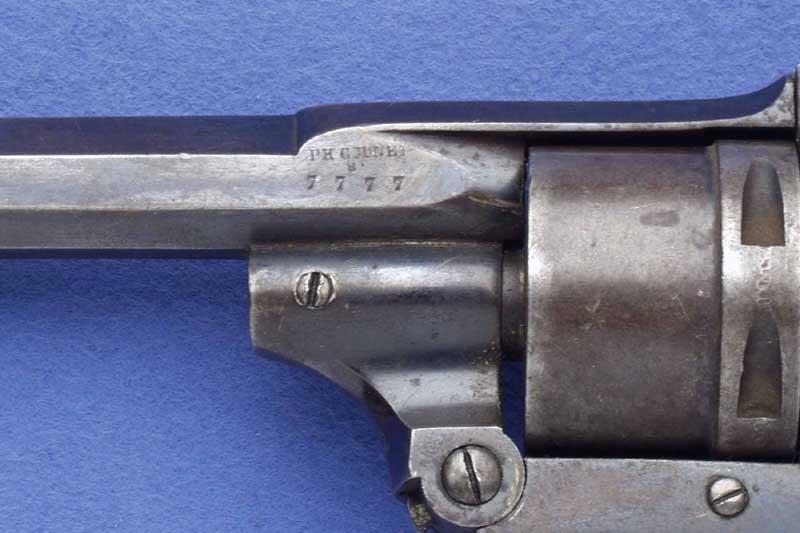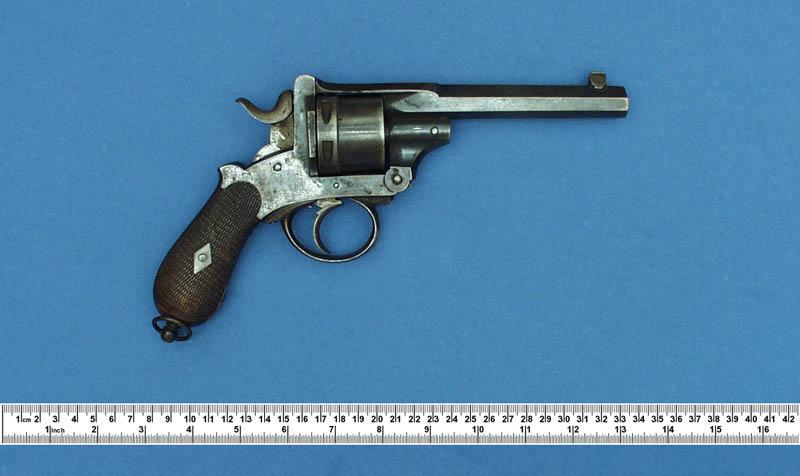Some of the most beautiful work of this craftsman, and many others, are in this book “Liège Gunmakers through their Work. 1800 - 1950”.
For more detail see: LIEGE GUNMAKERS
Counet Philippe
The history of this exceptional weapon begins in 2015.
After having done my work as an expert and provided a detailed expertise on it at the request of its owner,
I
now learn that the authorities have agreed to the (legal) opinion of considering
this weapon, in caliber 320 black powder, as "free of authorisation".
She has remained within this family, which rightly considers her as a family
"treasure".
![]()








Counet Philippe
Voici le plus gros
revolver connu à la fin des années 1800. Le magnum de l'époque, prisé par les
militaires dans les régions reculées où les indigènes étaient connus pour
découper en tranches ceux qui étaient armés d'armes de moindre calibre (comme le
38 ou le 44), alors que de telles balles peu puissantes ne les arrêtaient pas.
C'est l'un des rares monstres que nous avons trouvés en Amérique du Sud où
plusieurs se sont retrouvés.
Il est marqué sur le
dessus du canon "Verninck Y Desteves, calle Ituzaingo Montevideo". Ituzaingo est
un quartier de Montevideo près de l'ancien Hippodrome et il a peut-être été
vendu dans un magasin à cette adresse.
Il s'agit d'un revolver
Francotte/Counet construit avant 1893, vu les marquages du Banc d'épreuves, en
utilisant le système de verrouillage Counet de deux leviers avec broches
traversant le cadre.
Il est en calibre .577
Webley qui est à peu près du calibre 60 ! Je ne sais pas exactement où le .577 a
été développé, mais il y avait plusieurs modèles de revolvers de ce calibre
fabriqués par Webley et Tranter au Royaume-Uni, et Francotte et Gilon en
Belgique.
Il y en avait peu en
raison de la taille et du coût.
J'ai accroché au mur de
mon magasin depuis un certain temps des armes "d'accompagnement" de ce pistolet,
un standard 450 et un bouledogue 450 du même type, ils sont montrés sur une
photo pour comparaison avec le revolver.
Dave Y.
Counet Philippe
It is
about a revolver of the type “Top Break” (Barrel rocking downwards). Its opening
is practiced while pushing on a key located on the left side of the weapon. The
cylinder is engraved reasons with Birmingham rollers like the carcass! The grips
consists of two plates in bone connected by a central screw, it ends in a metal
cap and a bored screw having in theory to support a (missing) ring of fastener.
The
weapon carries the lawful punches of the proofhouse of Liege, namely:
ELG* in
an oval:
acceptance, of use of 1846 to 1893.
T*:
countermark of the controller, of use of 1877 to 1968.
The
weapon also carries the following marks:
7136:
classification of the weapon.
AF:
mark of the manufacturer Auguste Francotte universally famous!!
COUNET
Bte in a rhombus:
mark of the manufacturer Counet, Philippe. Prolific inventor by the deposit of
16 patents of 1871 to 1901. It was domiciled in Saint-Rémy of 1871 to 1885) with
Blegny-Trembler of 1888 to 1887 and then in Liege street Monulphe, 53 in 1901.Il
worked with various arms manufacturers like
Bierhoff JC, Diet M, Levaux-Stas D.
It also worked for the firm
Auguste
Francotte in Liege as the mark struck the
weapon testifies some.
GG
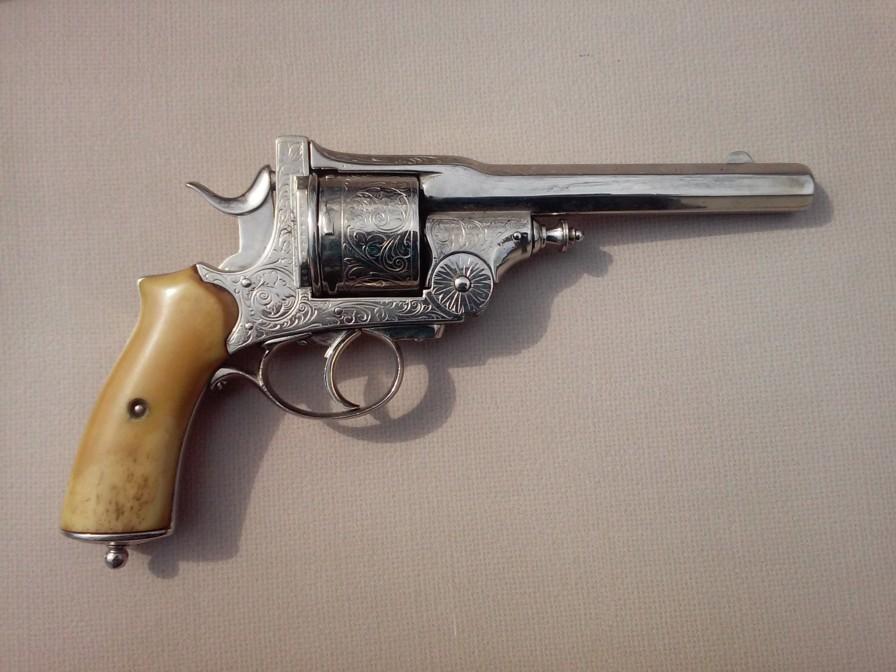
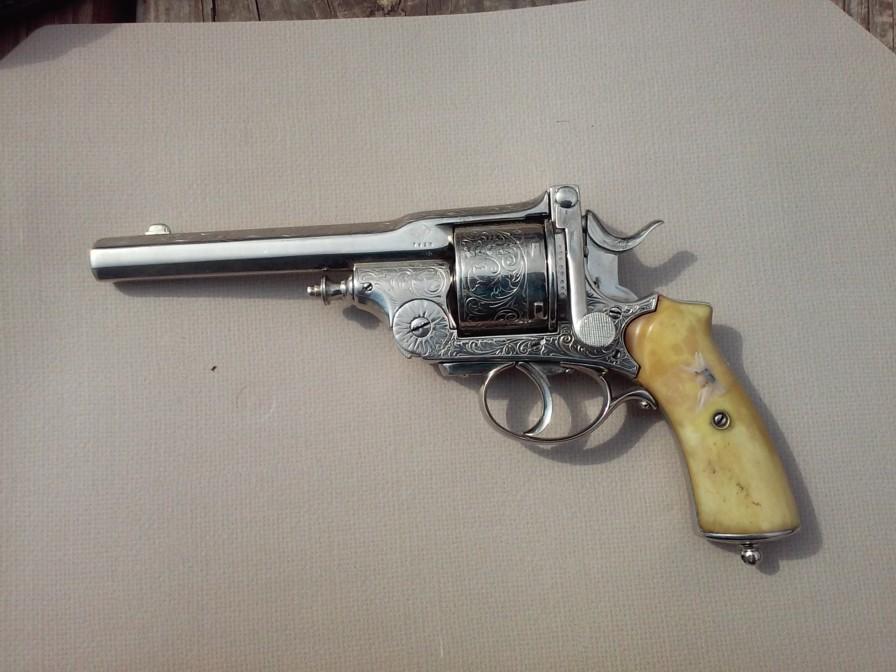
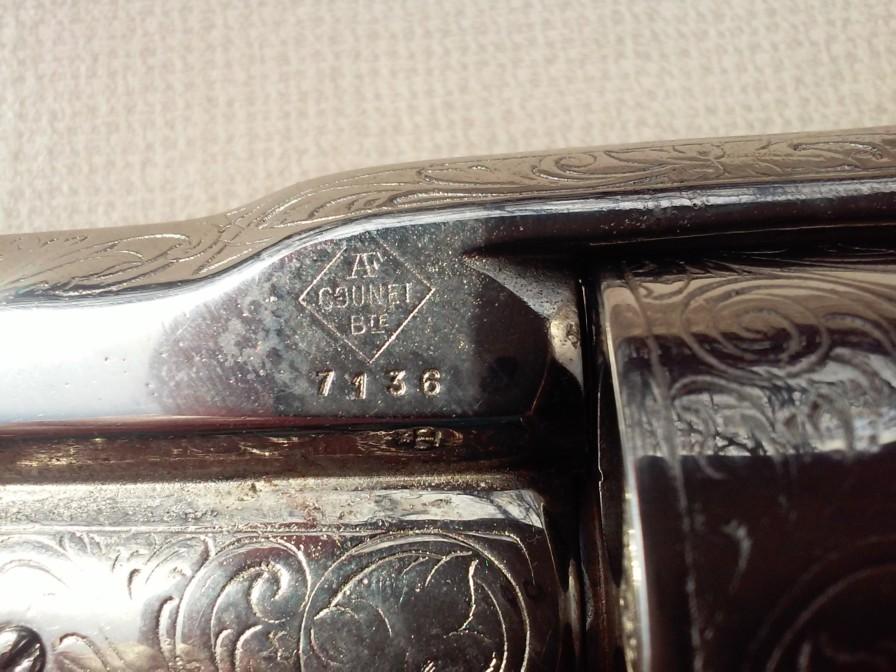
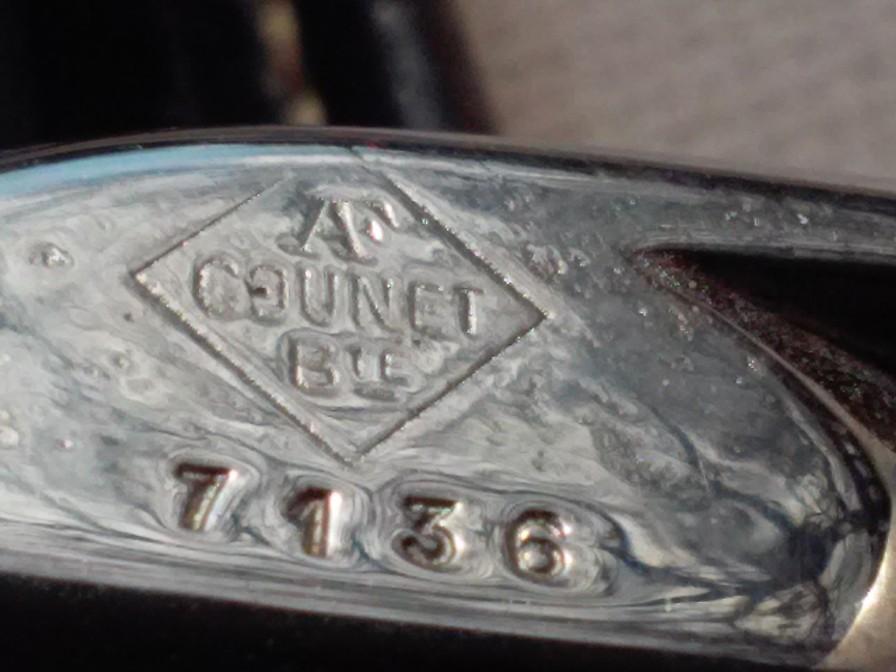
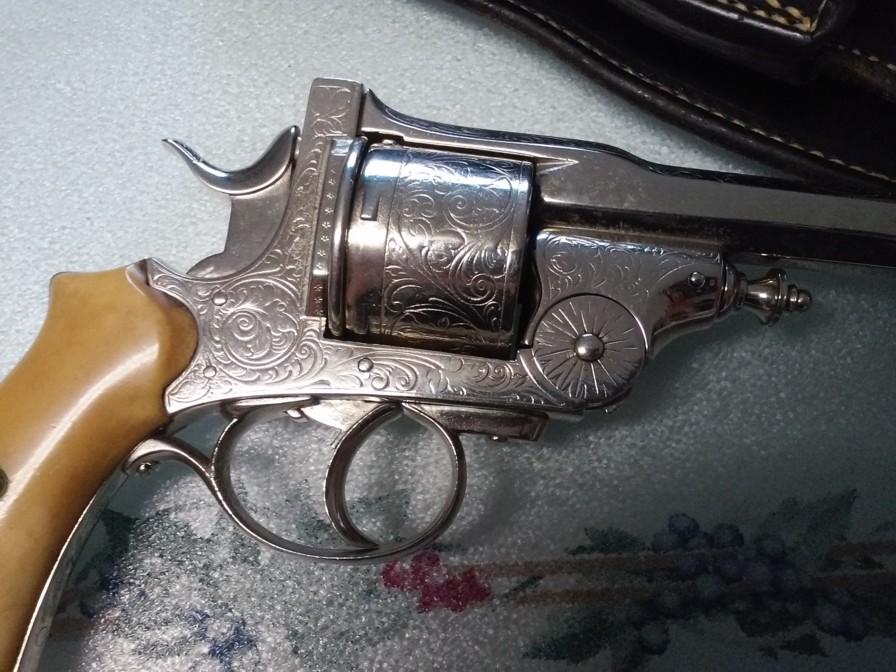
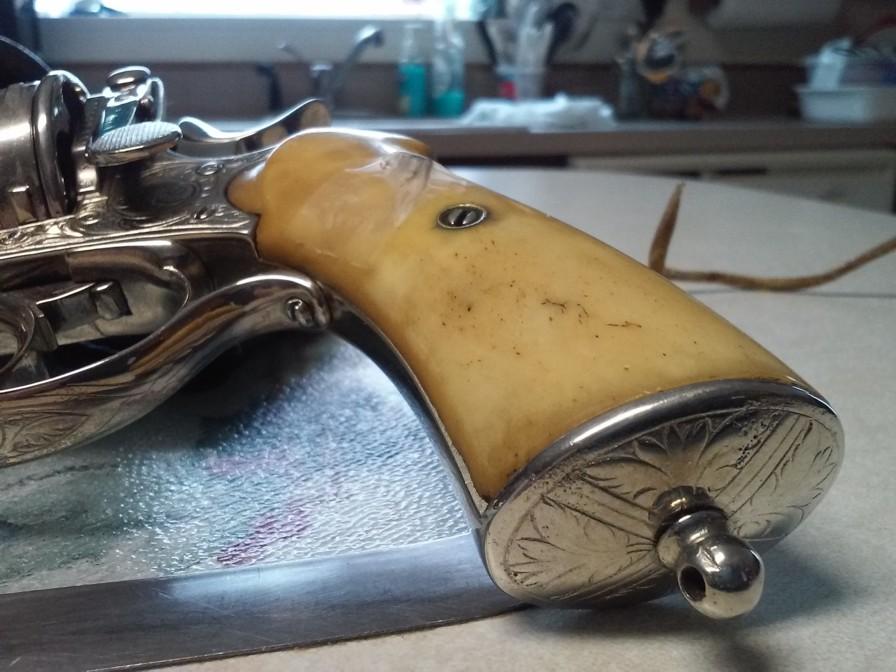
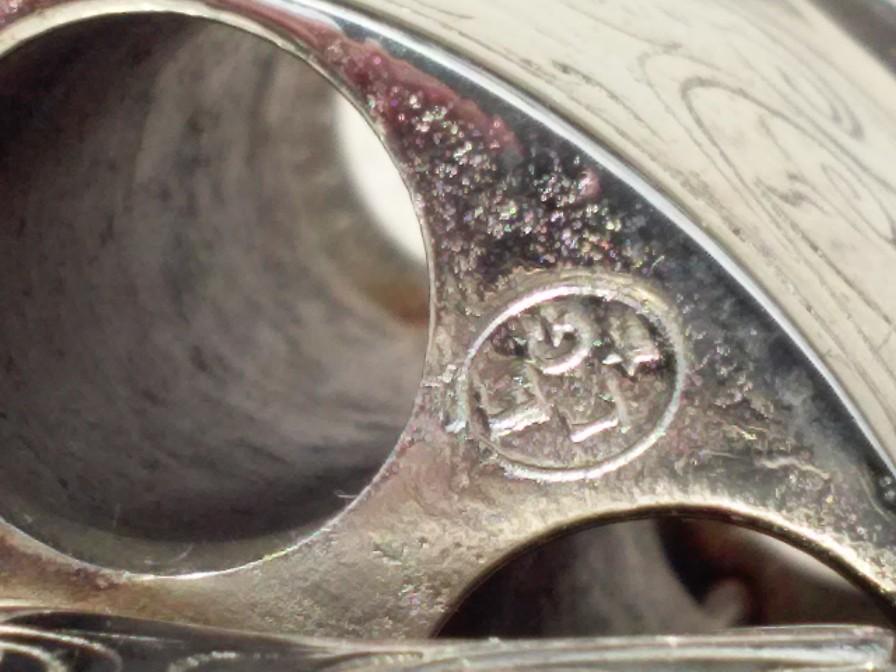
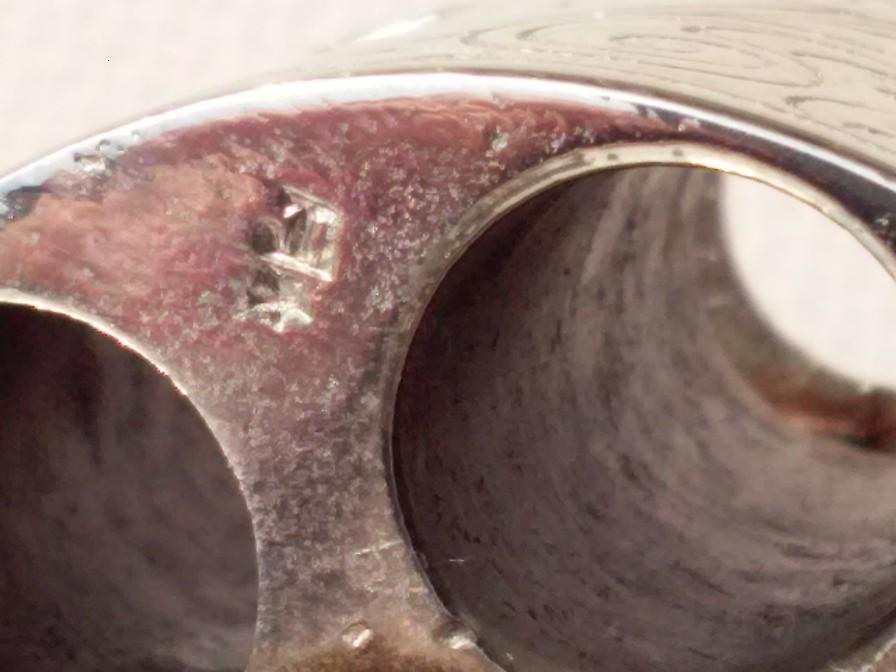
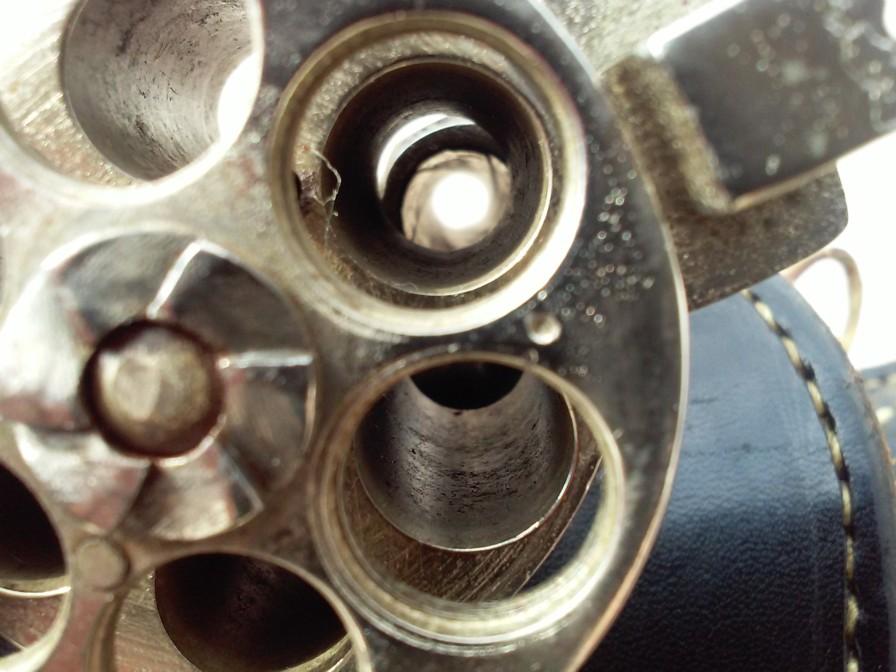
"Model" Counet Philippe
Here is
a revolver with six shots, of unspecified large calibre (undoubtedly a .450),
bone plates, metal of poor quality, ornaments of poor workmanship.
Finger
bridge with finger rest.
The
revolver opens by means of a pedal on the left, probably resulting from one of
the patents deposited in 1871 by Philippe Counet.
There is a "Patented" mention, but no name. As the weapon dates from after 1893, it was probably no longer necessary to mention the name. . .
The markings
ELG on star in crowned oval: acceptance between 1893 and 1968
P under star: countermark of a controller between 1877 and 1968
24 is probably a foundry number.
GP
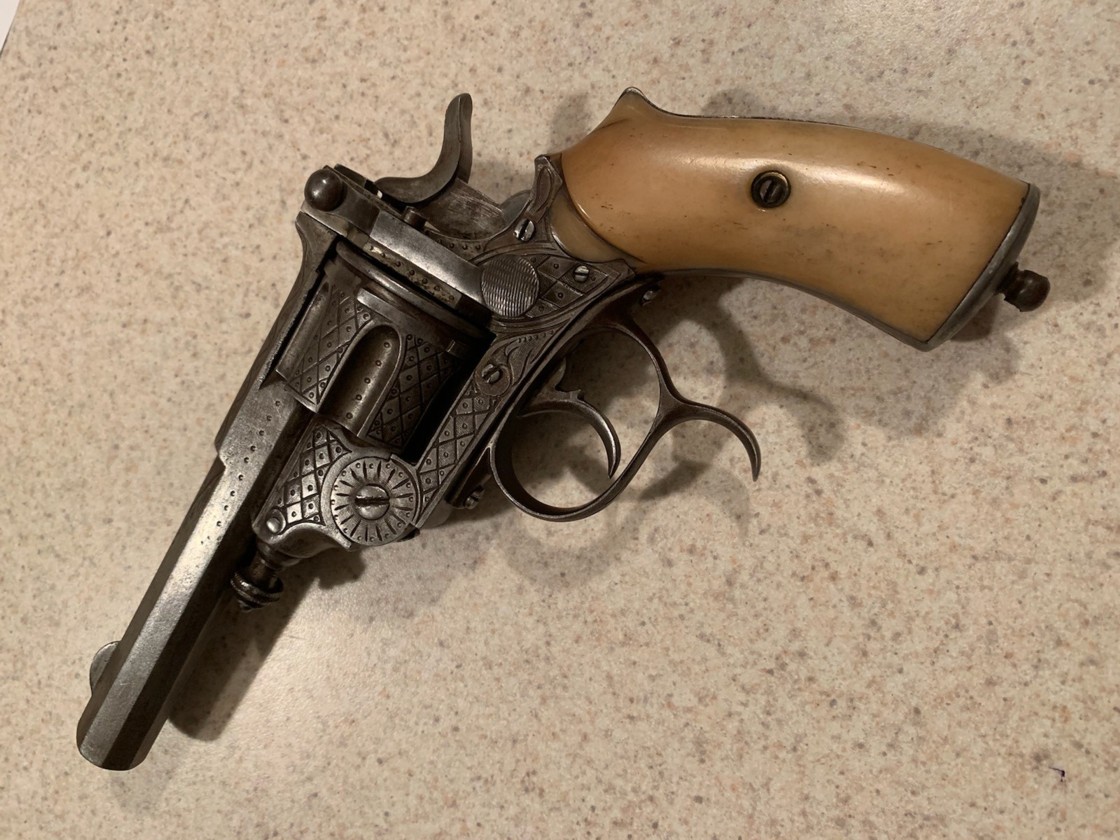
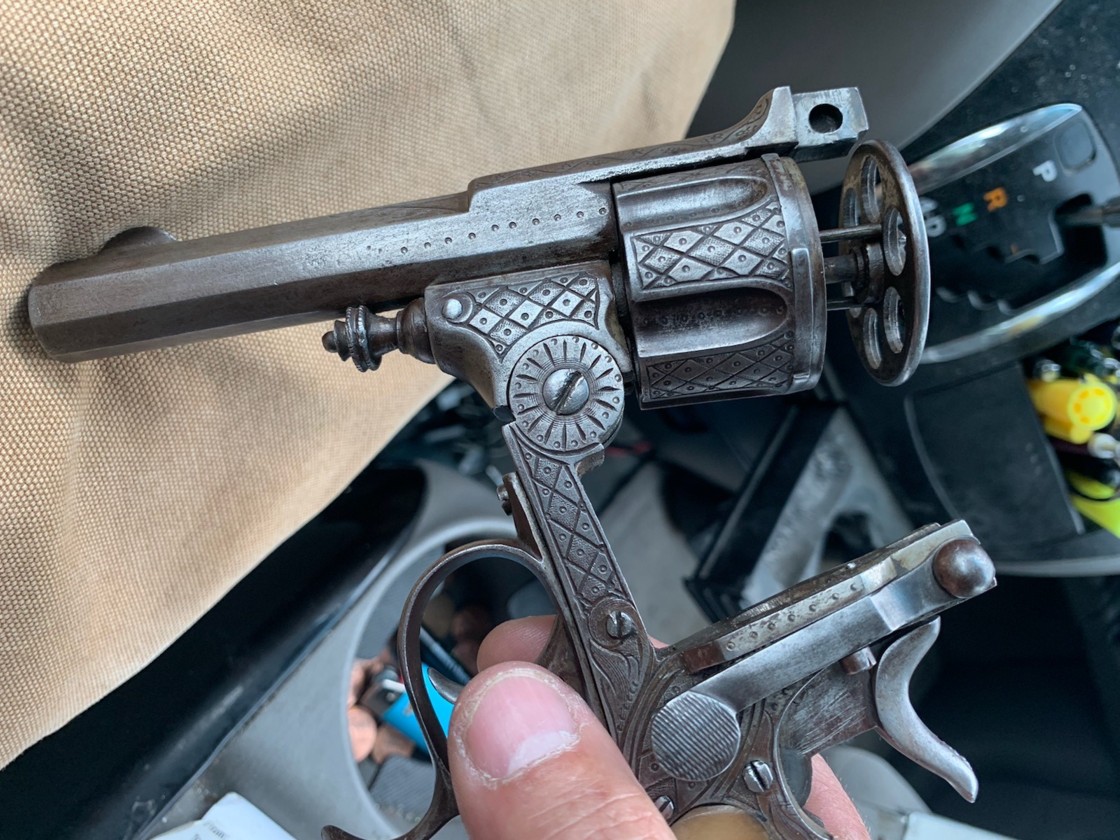
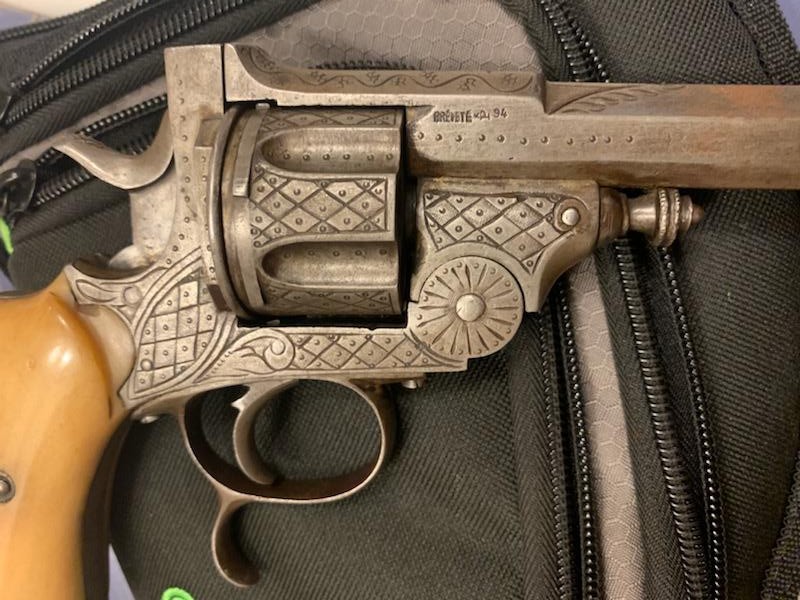
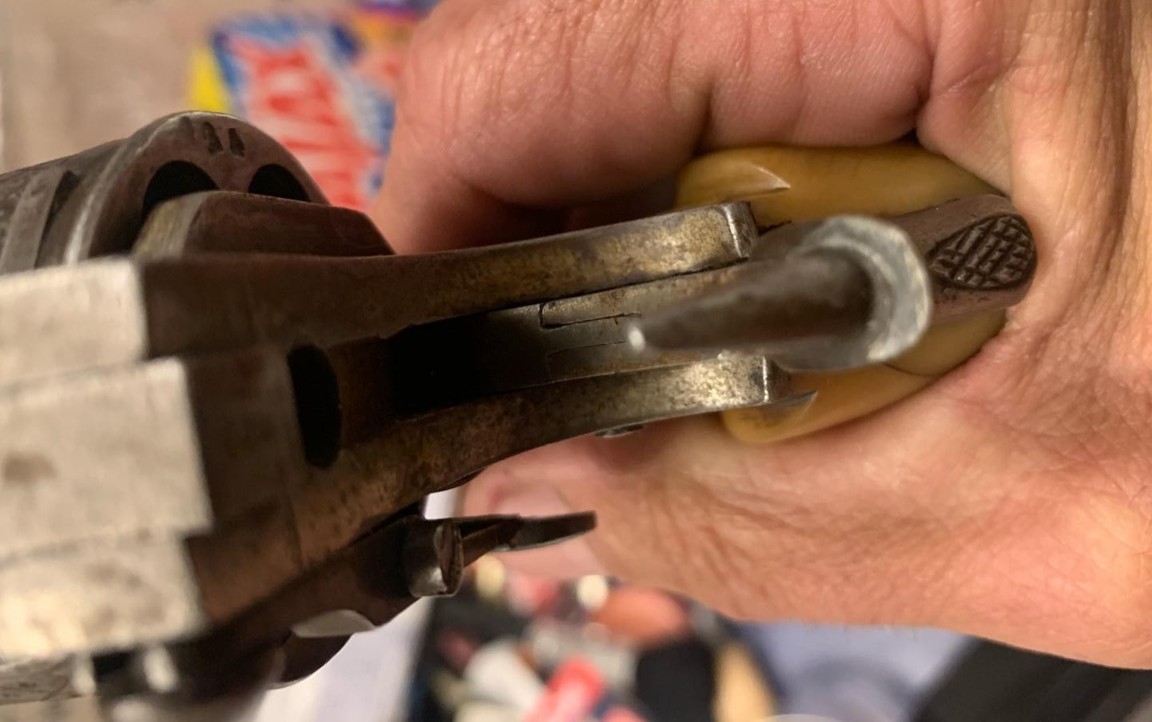
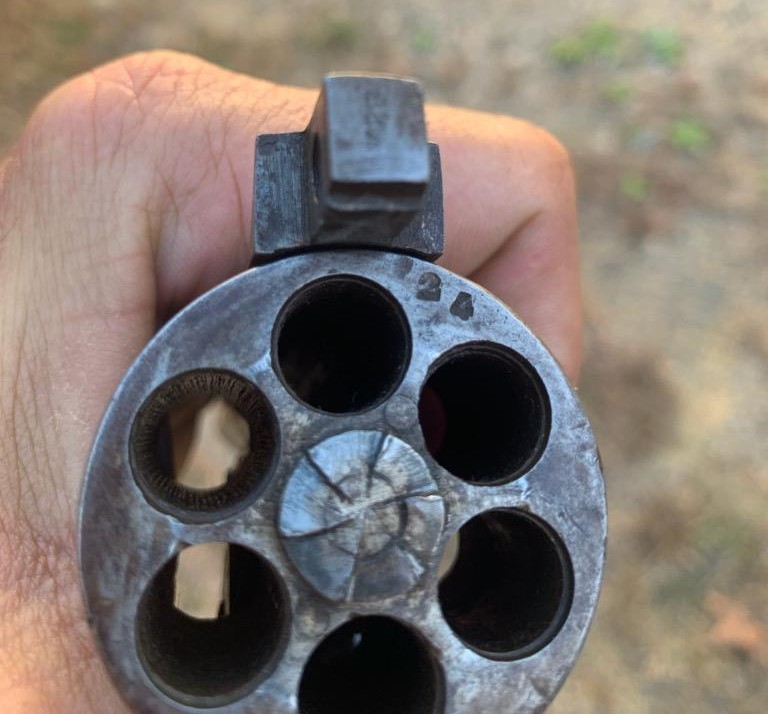

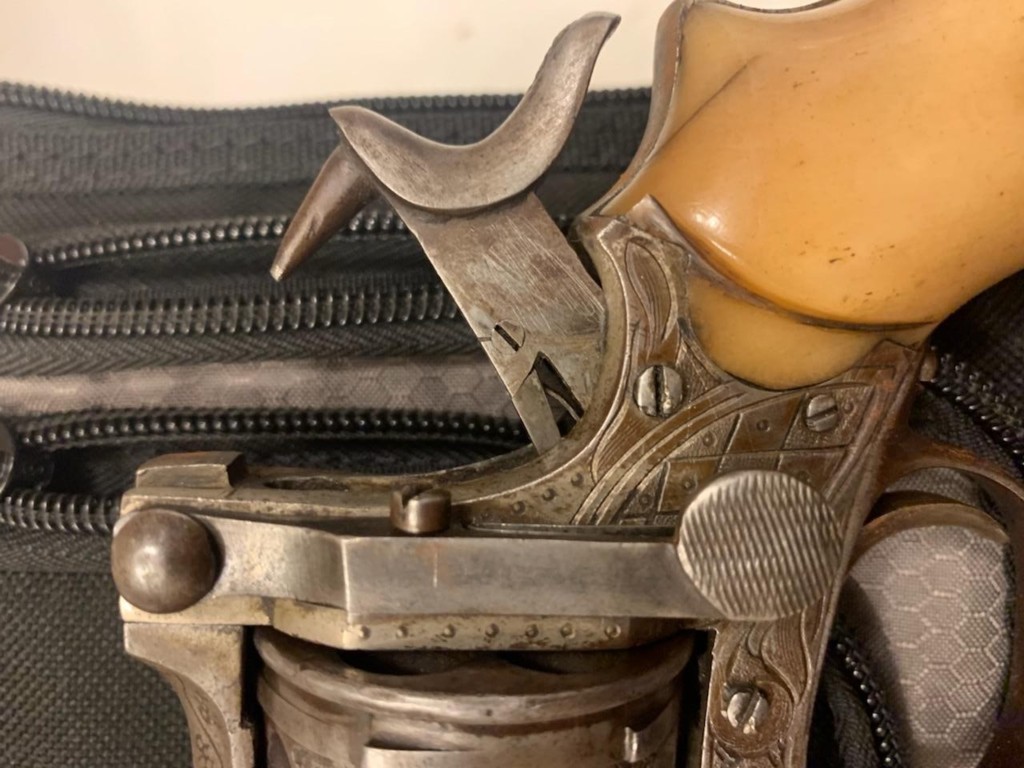
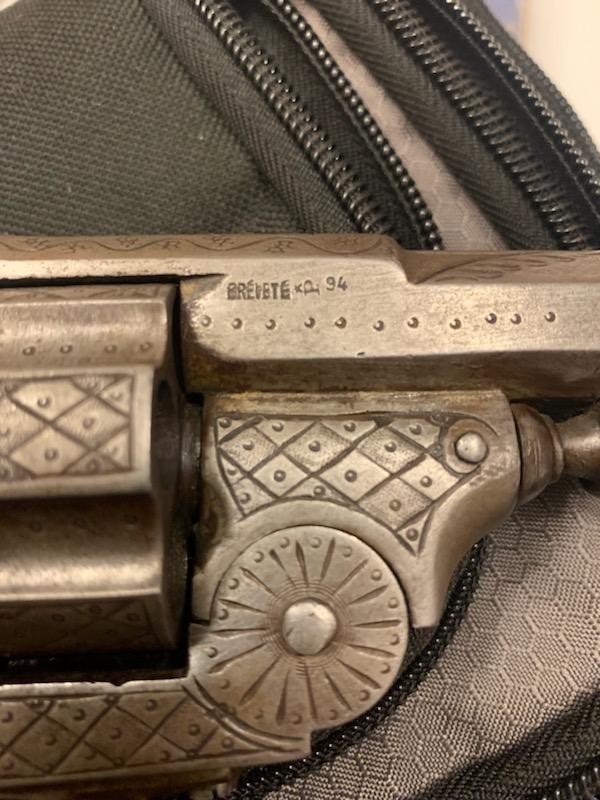
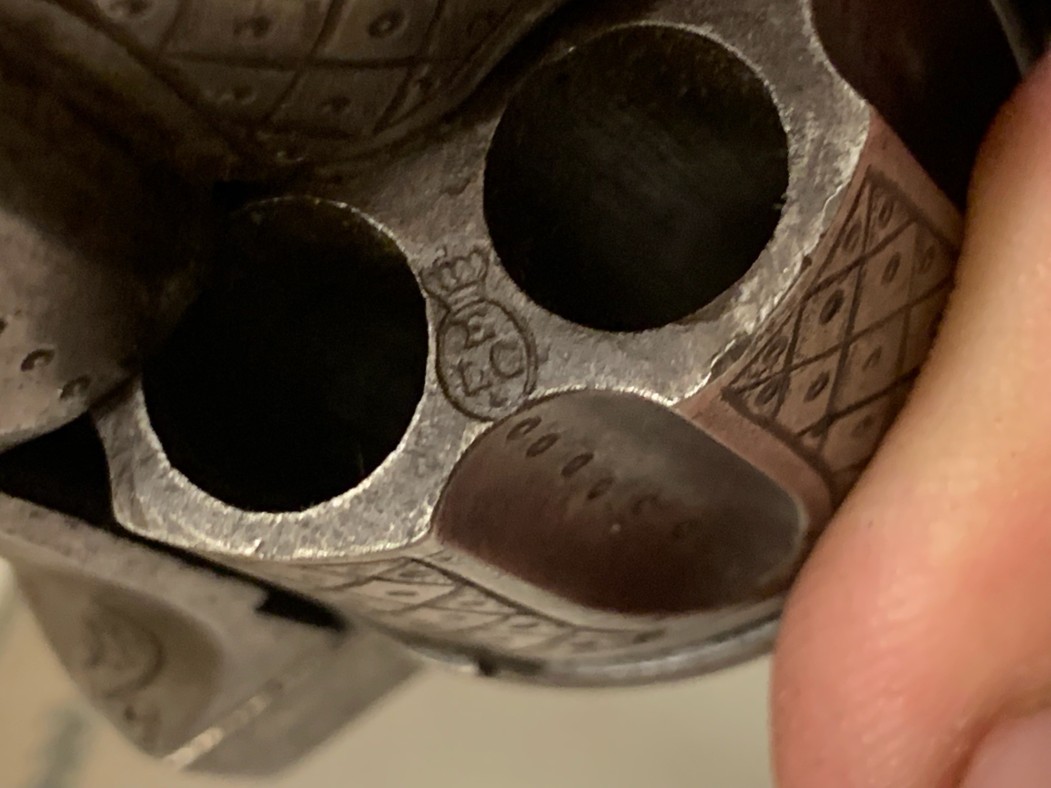
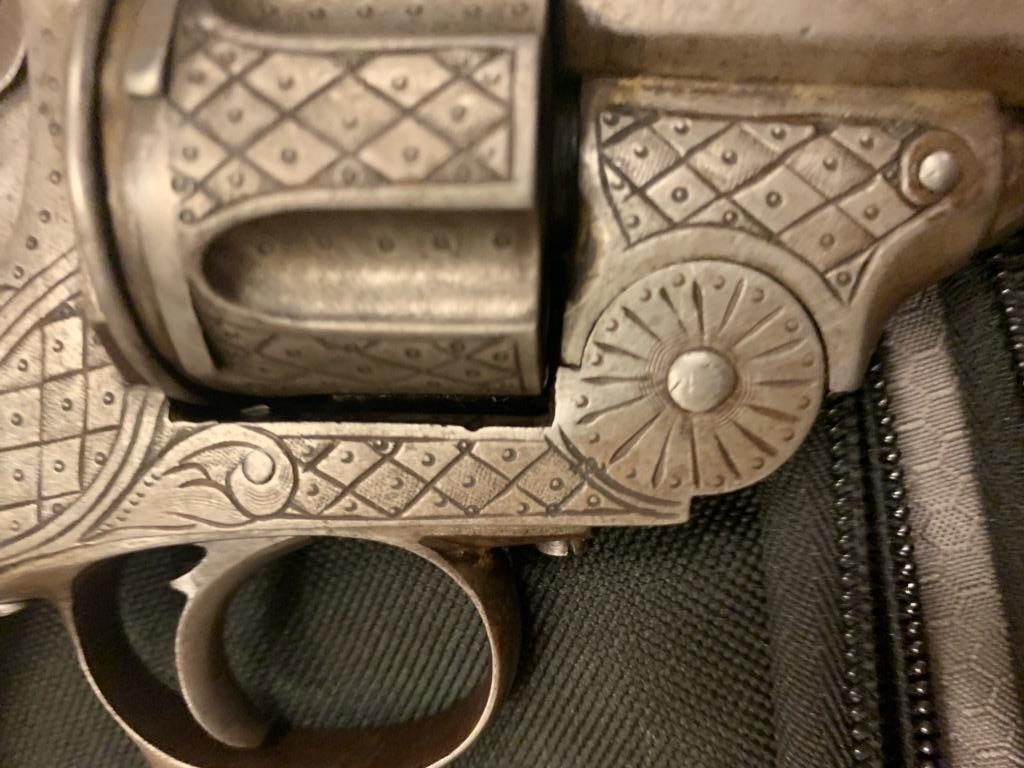
Counet Philippe
This revolver with top break was manufactured by arms manufacturer COUNET Philippe.
Registered with the proofhouse of Liege of 1865 to 1905
The patent when to him belongs to Bayet Fréres as indicated on the weapon!
But the opening to crack thanks to the system of closing to two pedals is a patent of COUNET.
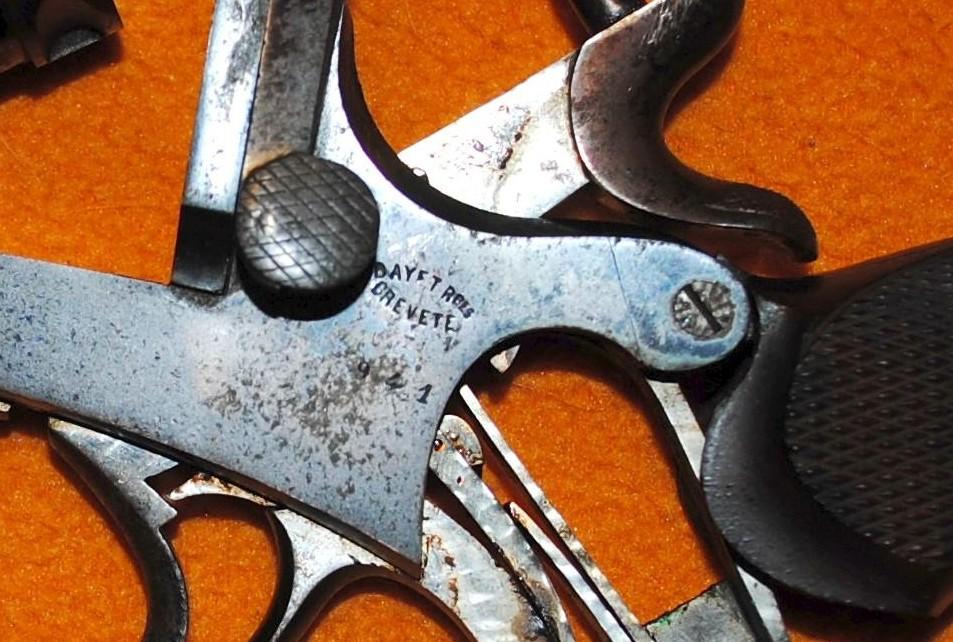
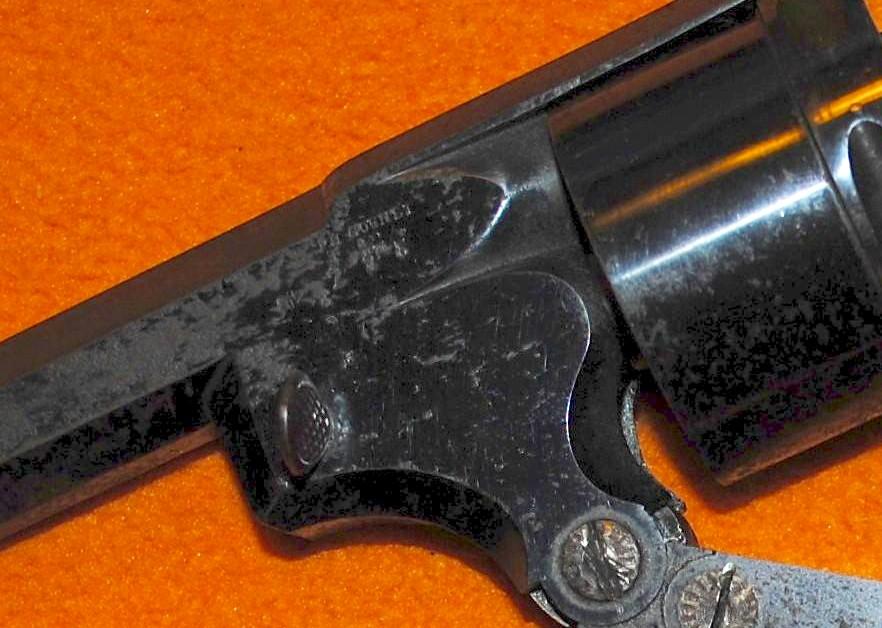
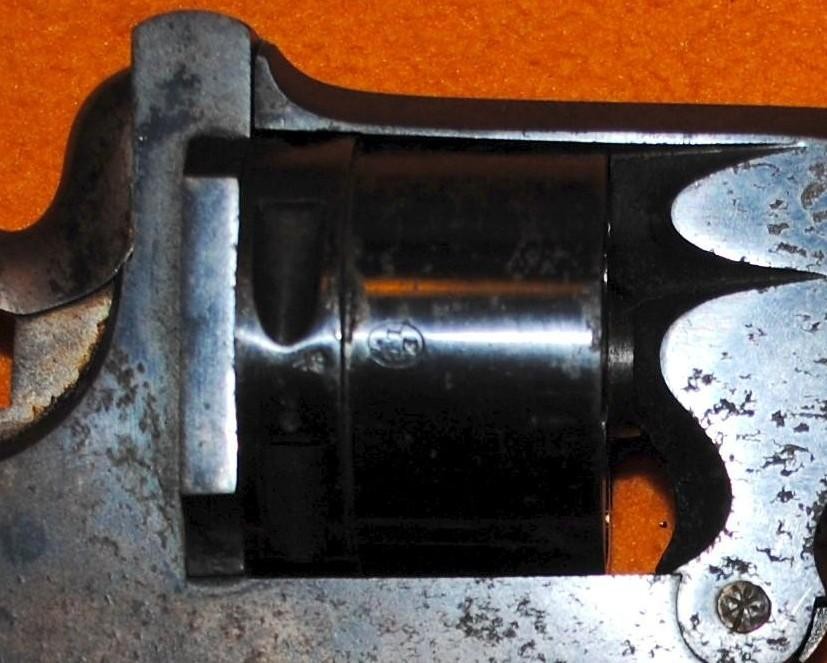
Counet Philippe
Restauration by Marcel : See restoration 10
Photos Littlegun
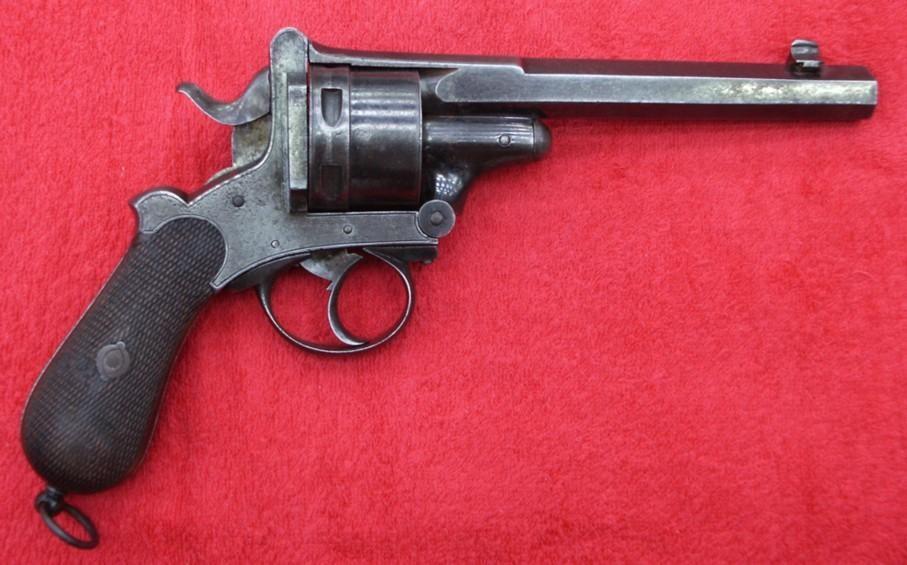
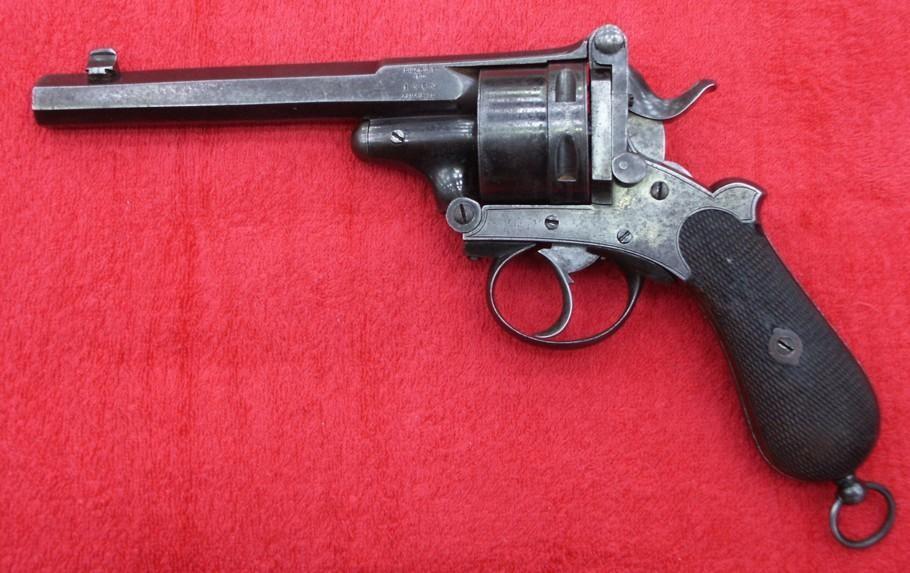
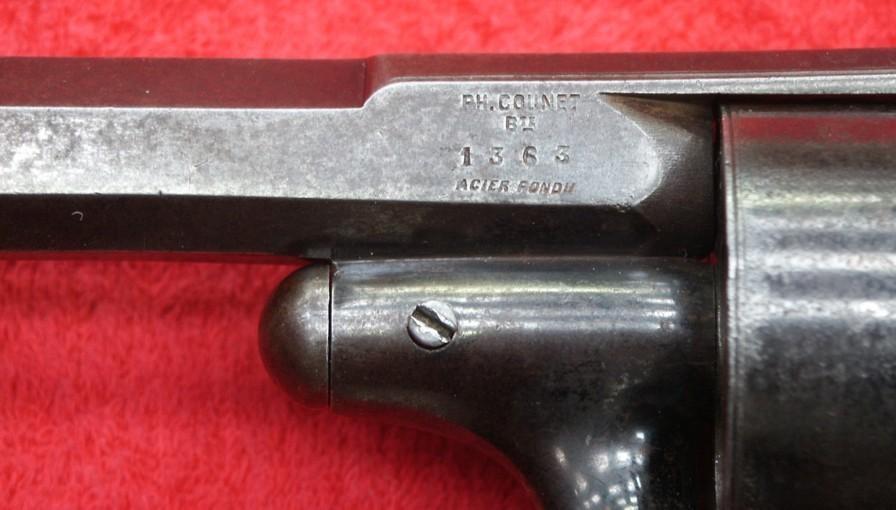
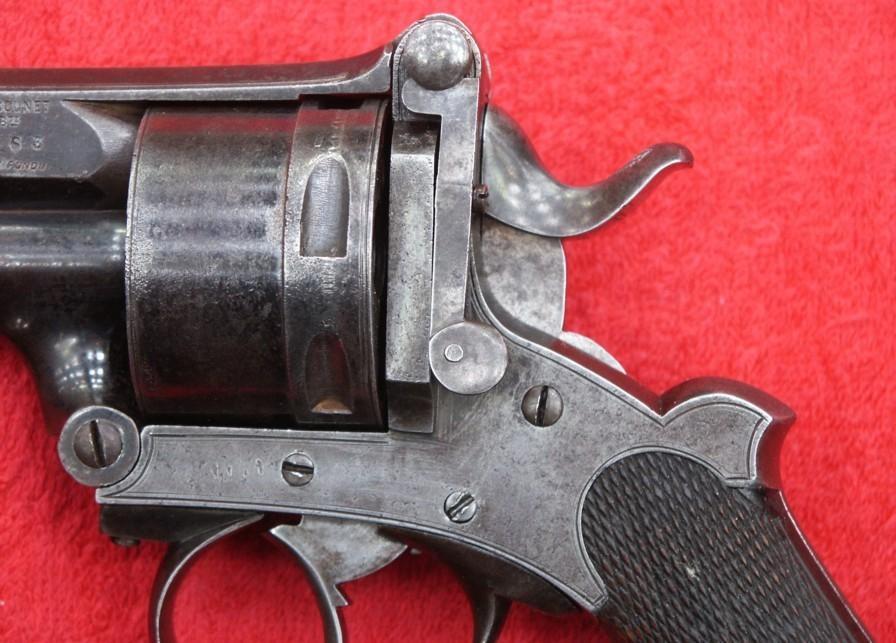

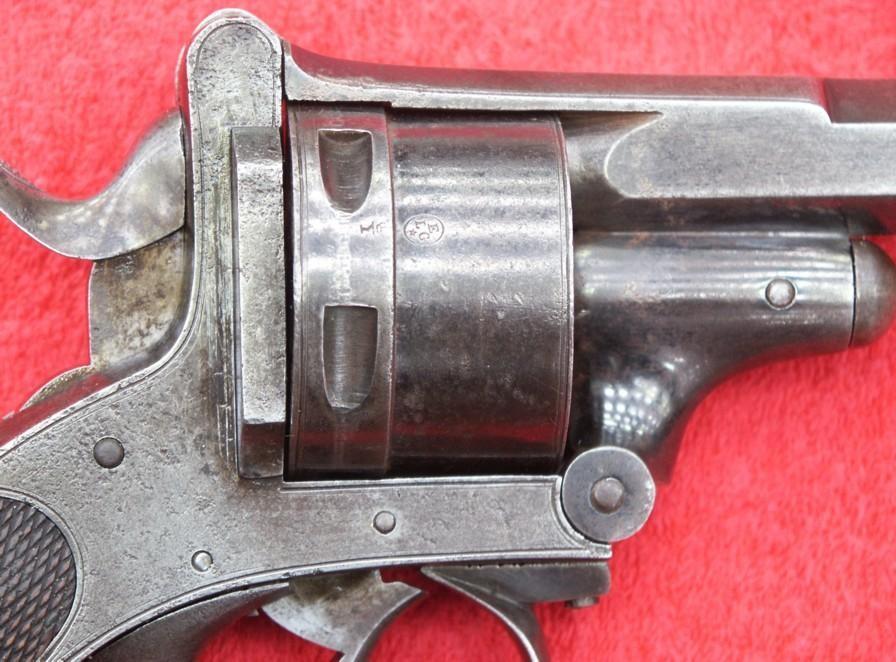

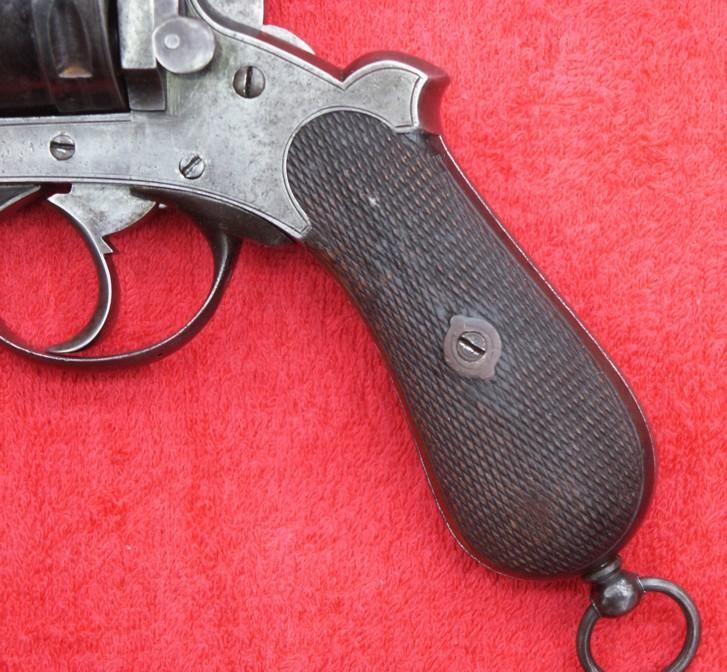
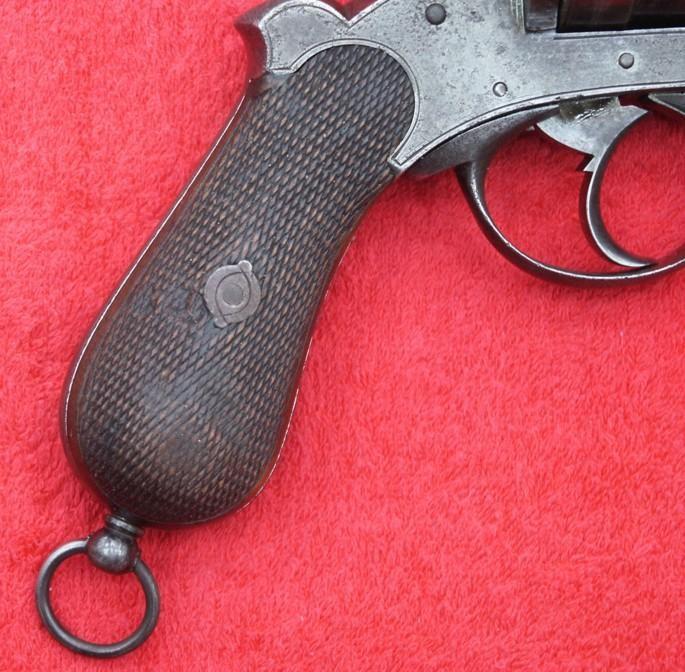
Counet
This revolver of the BULLDOG type was invented by gun maker COUNET Philippe.
Registered with the Liege Proof house from 1865 to 1905
This gun was manufactured in various centerfire calibers :.320 - .380 - .450 and even .500 !!
In 1892, Auguste FRANCOTTE prices went from 22 Frs (0,55 Euro) to 23,85 Frs.
This weapon would have been patented in 1876.
It was also manufactured in a larger version with military vocation, being inspired partly by WEYBLEY and aiming more particularly at English officers.
The extraction is achieved by the break-open closing system with two levers patented by COUNET.
GG.
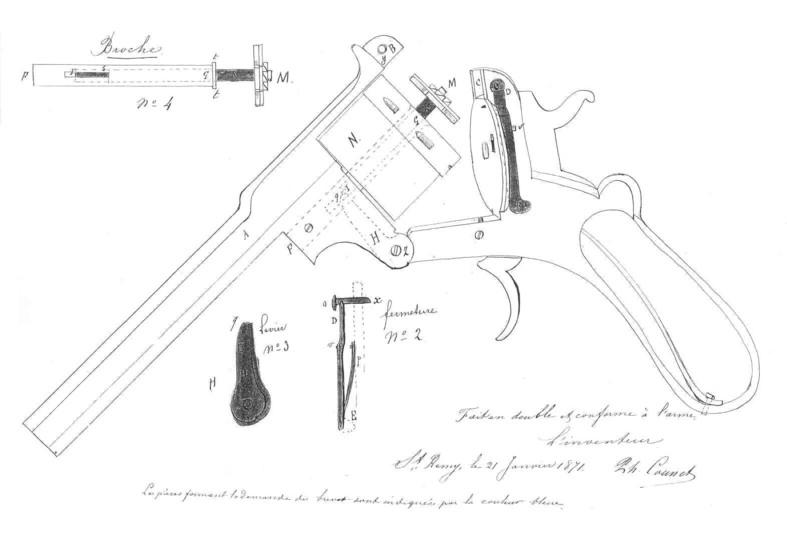
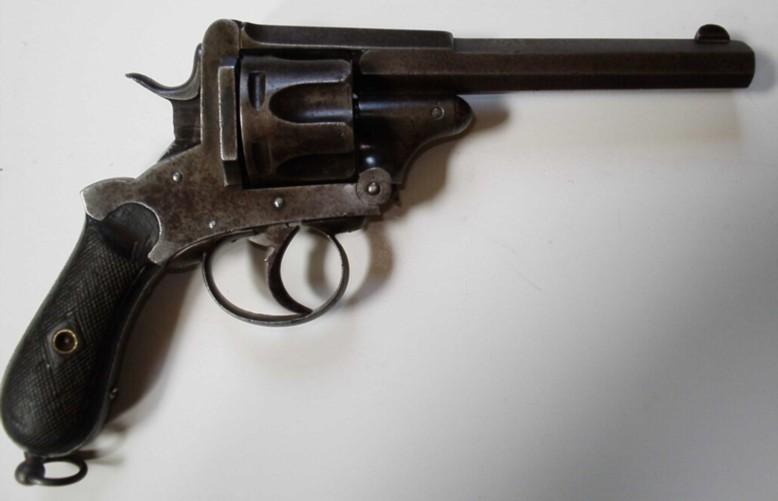
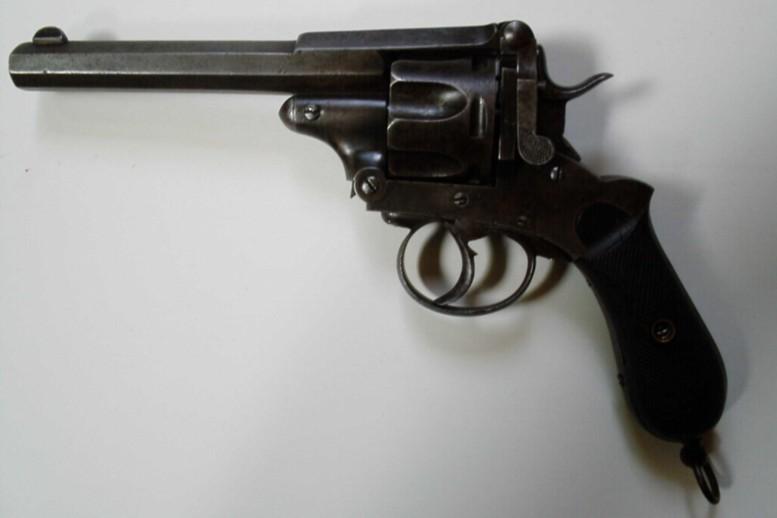
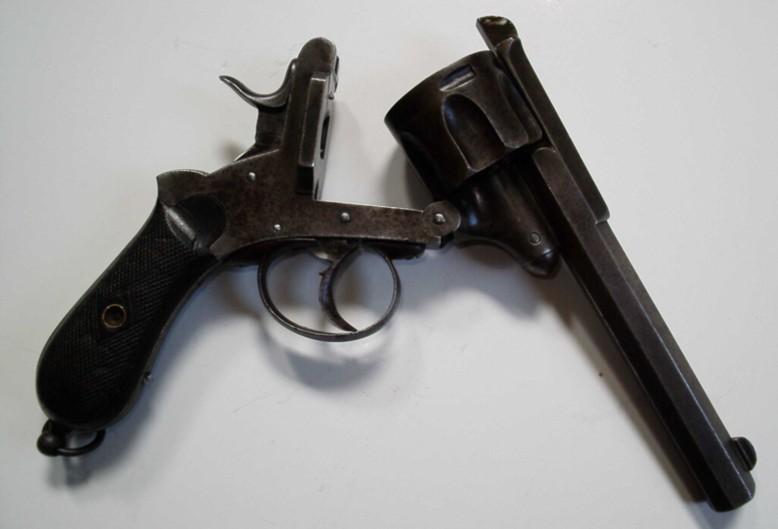
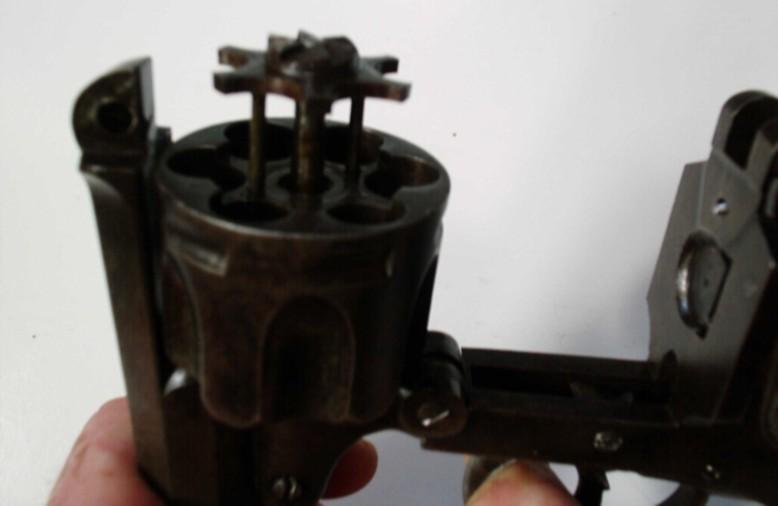
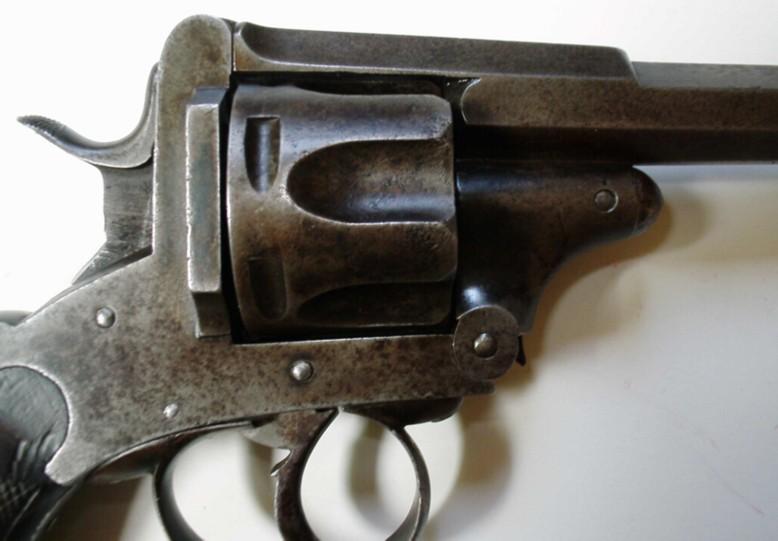
Counet Philippe
The silhouette of this revolver resembles indeed very extremely the revolver invented by Philippe COUNET, registered to proof tests of Liege of 1865 to 1905.
The weapon was patented in 1876 and was manufactured in the gauges 320 - 380 - 450 and even 500, in particular by Auguste FRANCOTTE. The extraction with crack is done thanks to a system of closing to two pedals, patented by COUNET.
GG
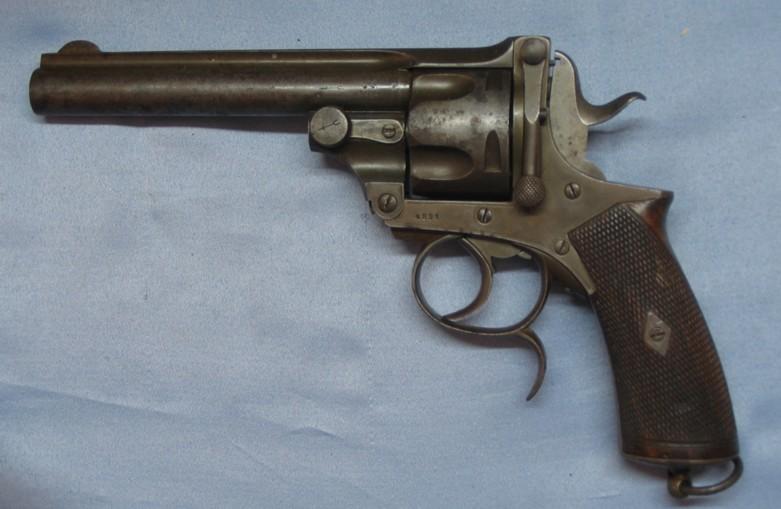
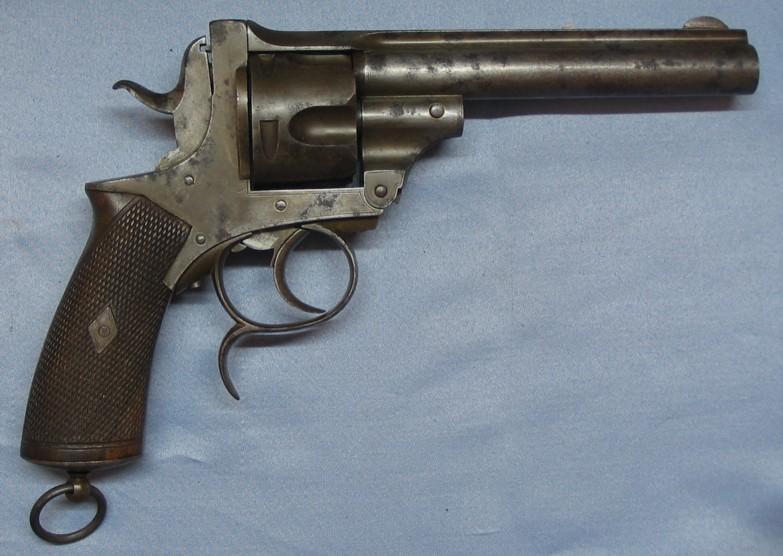

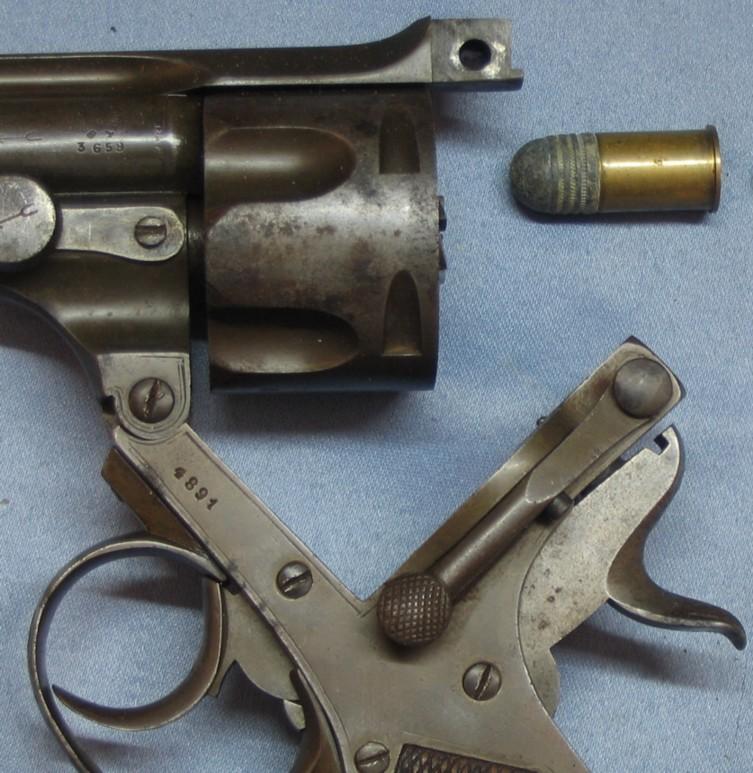
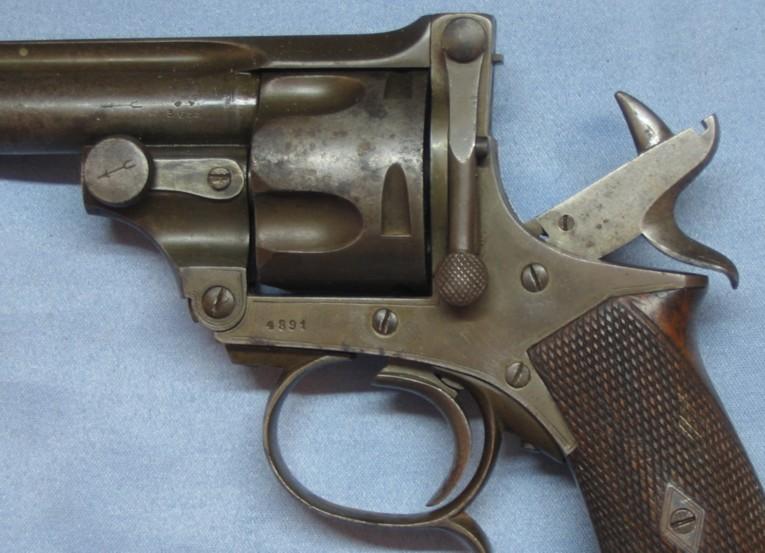
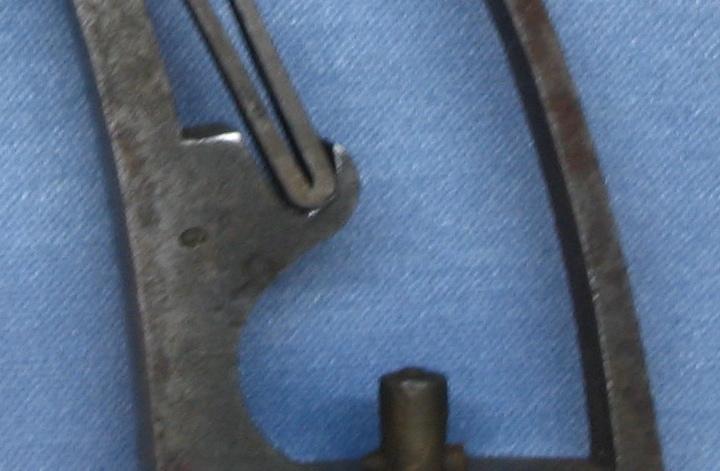
Catalogue
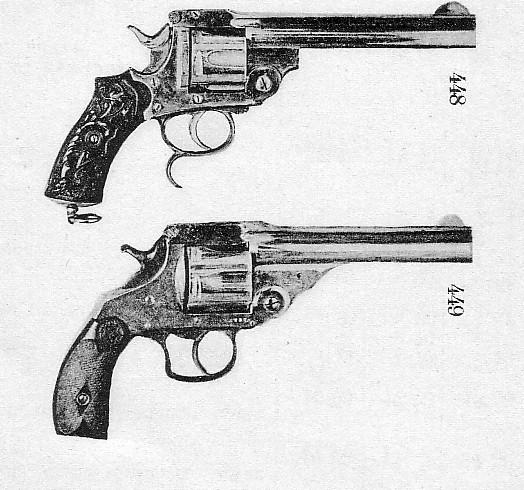
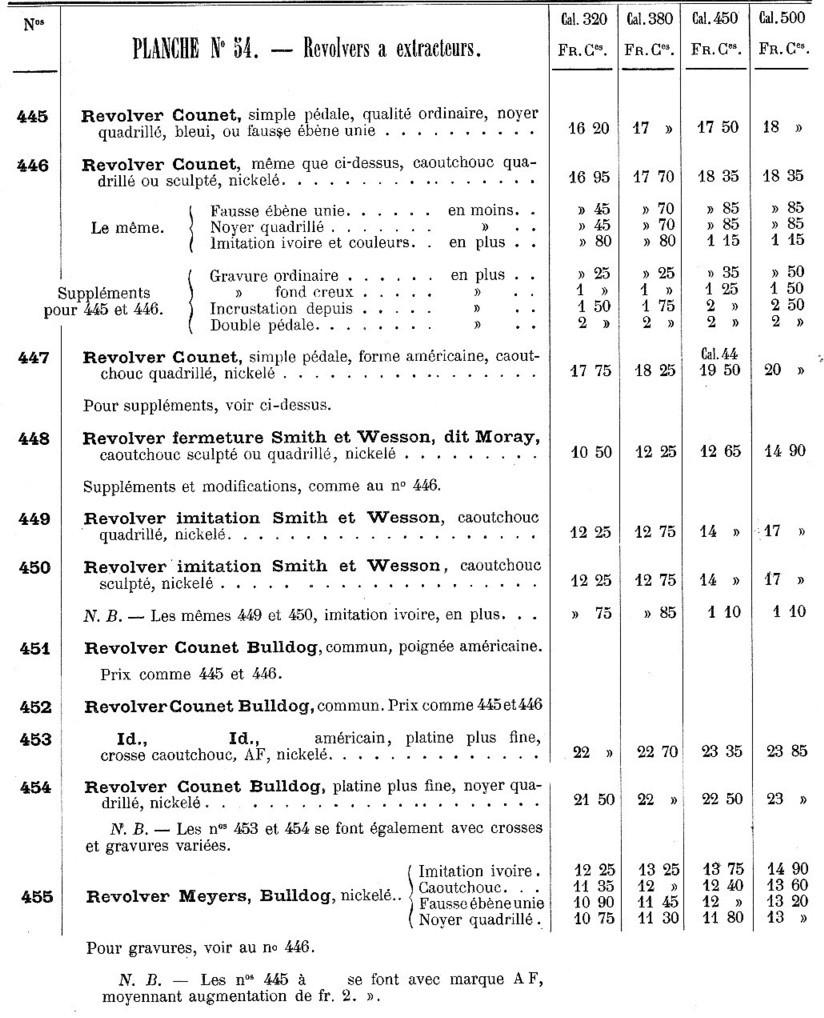
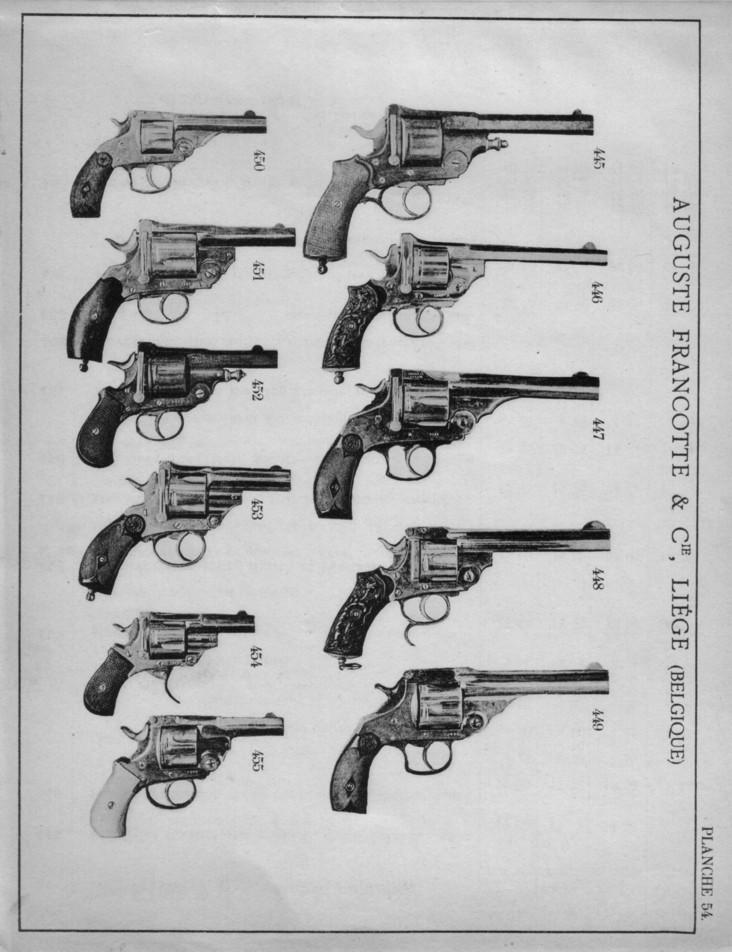
Counet Philippe
Revolver 12 shots caliber .22 short
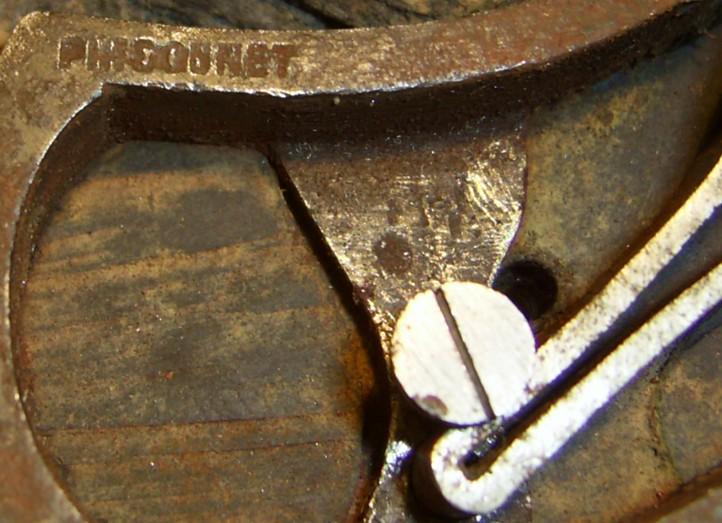
Counet Philippe
This is a top break Centerfire revolver inspired by the Webley. The extraction is achieved by the two pedals closing system patented by COUNET in 1876.
The gun maker Philippe COUNET was from SAINT-REMY ( Liege area). He operated in Liege, 53 rue Monulphe. From 1871 to 1901, COUNET recorded no less than 16 patents , including the revolver described here.
This gun was manufactured by FRANCOTTE (see site) , this company having certainly the means to better manufacture this gun in quantities.
In 1892, FRANCOTTE was retailing it between 22,00 and 23,85 belgian Franks. Its vocation was especially a military one , aiming more particularly at English officers
It was offered in several gauges from .320 to .500 !!
COUNET was not associated to FRANCOTTE, perhaps he sold a manufacturing licence or another arrangement whose terms we are unaware of.
GG
